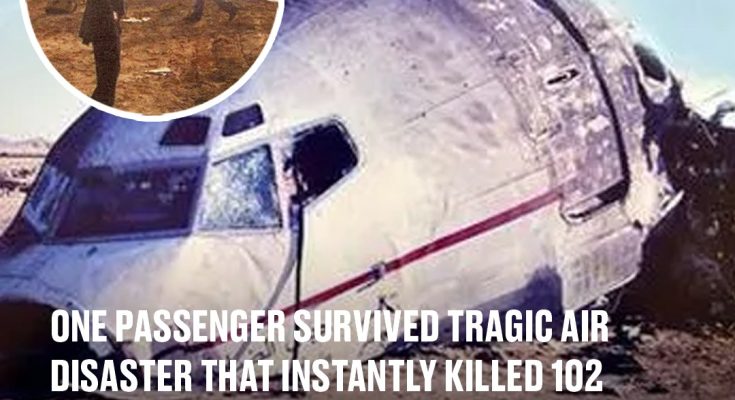102 people died on Air Algérie Flight 6289 in 2003, but there was a sole survivor
One man was able to survive a plane crash by completely ignoring all of the safety protocols.
Flight safety measures are there for a reason, but somehow a man managed to survive a deadly crash but ignoring one of the most basic flight rules.
However we’ve all heard the old wives’ tale that you won’t die before it’s your time – and the events of Air Algérie flight 6289 make a serious case for this idea being true.
What happened to Air Algérie flight 6289?
On 6 March 2003, Air Algérie Flight 6289 was scheduled to make a double domestic flight from the southern Algerian city of Tamanrasset to the capital city of Algiers, via the city of Ghardaïa.
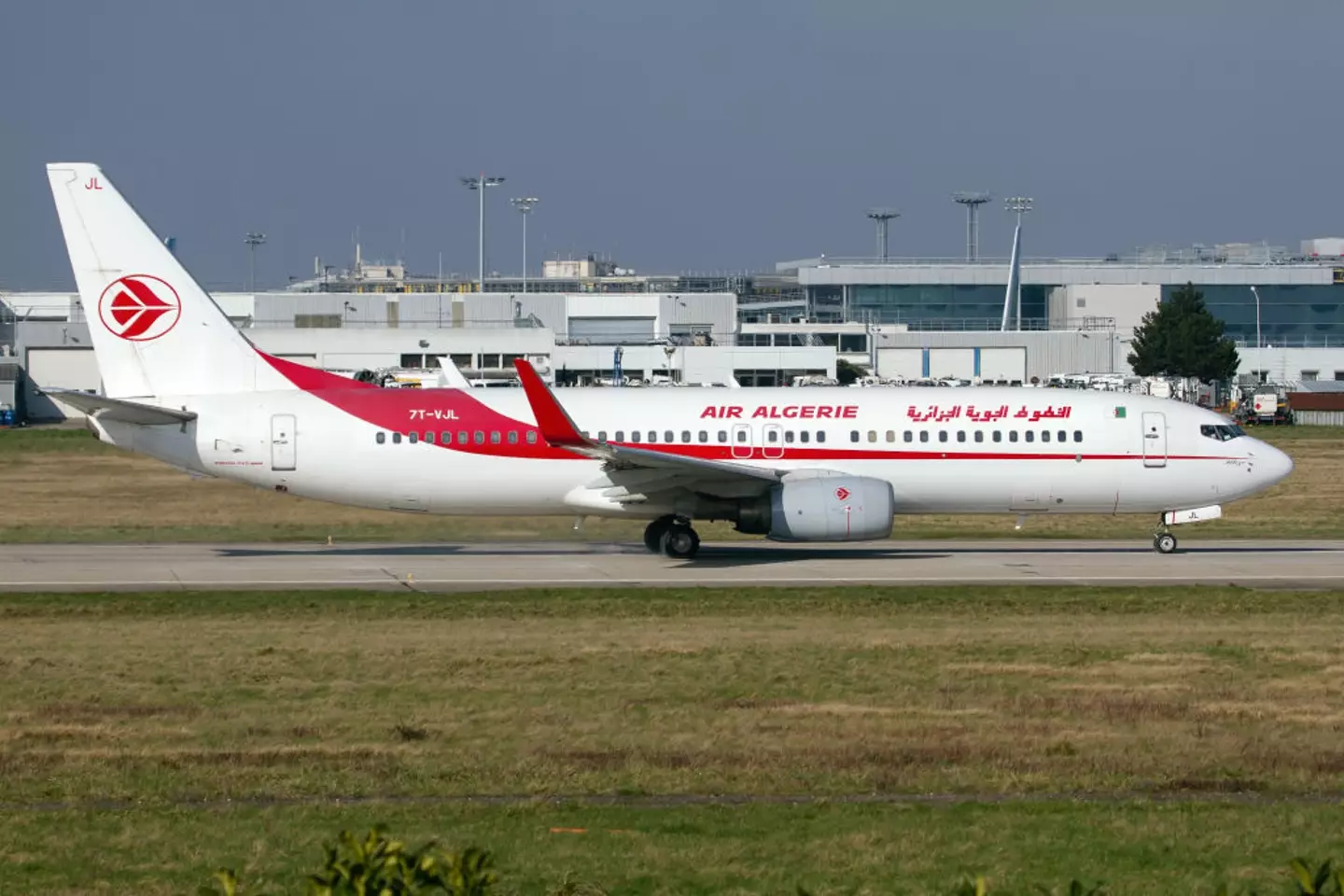
The crash happened on a Air Algérie flight. (Fabrizio Gandolfo/SOPA Images/LightRocket via Getty Images)
However things went wrong just moments after the plane took off from the Saharan city, with crew on the ground at Tamanrasset airport hearing a loud bang from the left engine.
The emergency situation caught the two pilots off guard, as Captain Boualem Benaouicha had arrived late to the aircraft, leaving First Officer Fatima Yousfi to run through pre-flight checks on her own. The pair also had not completed the relevant security checks before departing.
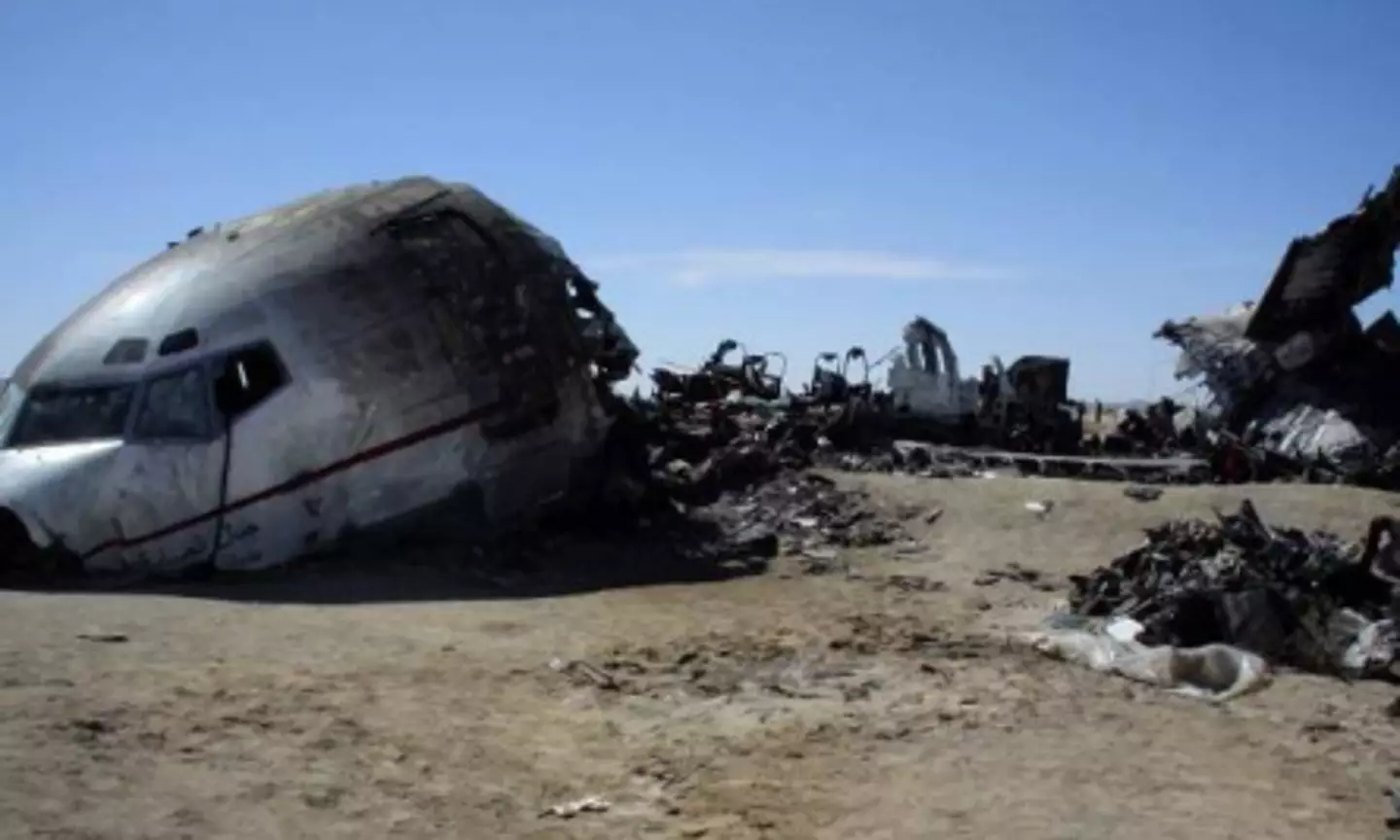
The crash killed 102 people (Algeria Ministry of Transport)
Having not discussed emergency protocol before departing, the two pilots argued for control of the aircraft, which would eventually stall and slam into the ground.
Flight 6289 would burst into flames upon impact, with investigators would later deducing that the aircraft’s full load of fuel rendered it impossible for anyone to survive the blaze.
How did one passenger manage to survive?
Seated on the last row of the aircraft was 28-year-old Algerian soldier Youcef Djillali.
It’s reported that Djillali had managed to avoid being killed in the fireball after being ejected from the aircraft upon impact.
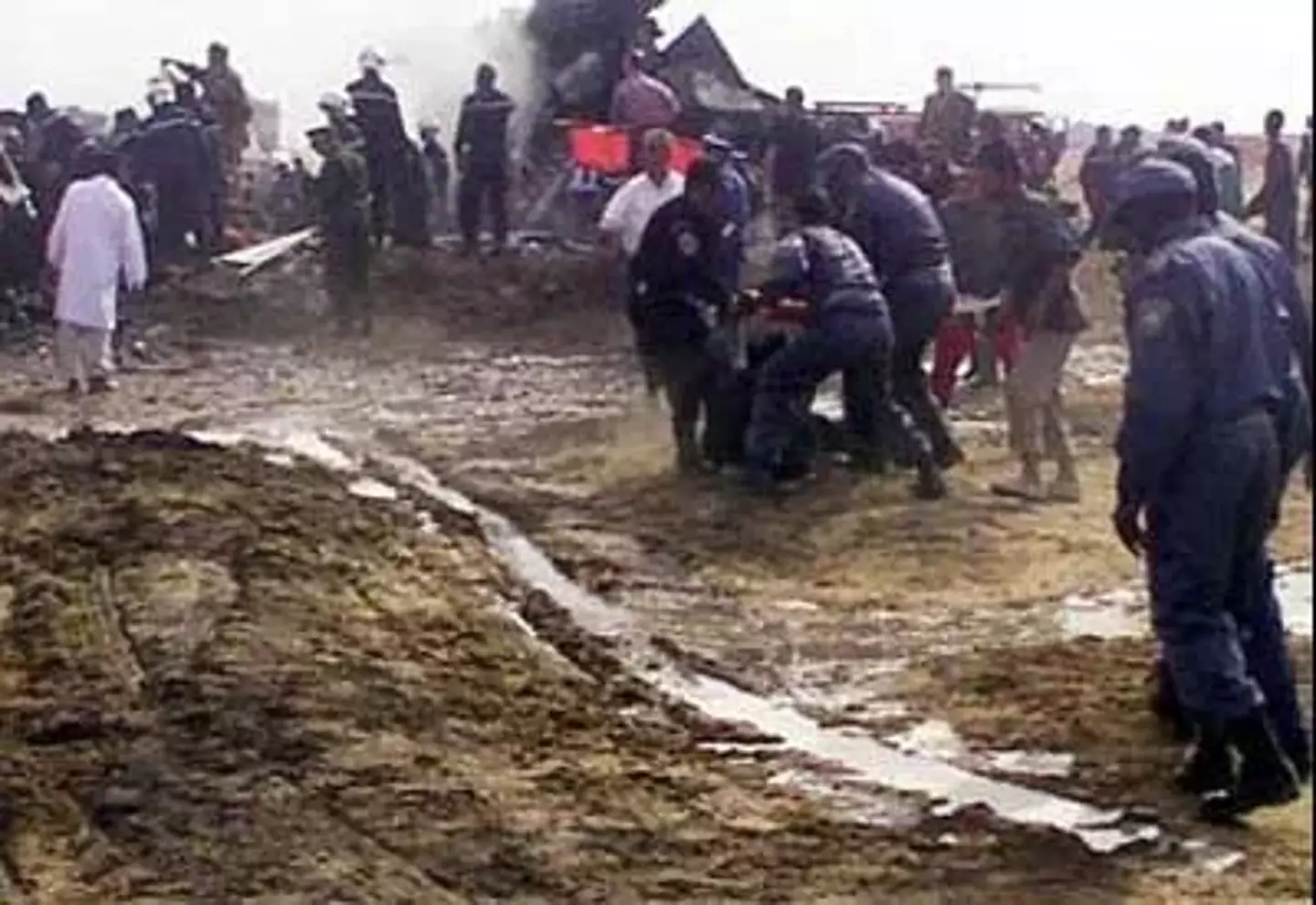
Footage of the aftermath of the Air Algérie flight 6289 crash. (Bureau of Aircraft Accidents Archives)
Djillali was found in a coma with multiple injuries, however he would later be able to regain consciousness.
You may be wondering how the solider was survive such a crash. Divine intervention? Sheer luck?
Well, the official report states: “Only one passenger, seated in the last row and with seat belt unattached, according to his statement, was ejected from the plane by the impact and escaped from the accident.”
However don’t take this as your sign to start flying without buckling your seatbelt as you are statistically safer buckling in.
What happened to Djillali was most likely a complete one-off. In-fact, you’re more likely to encounter an injury – or even death – should you be caught in turbulence without a seatbelt on.
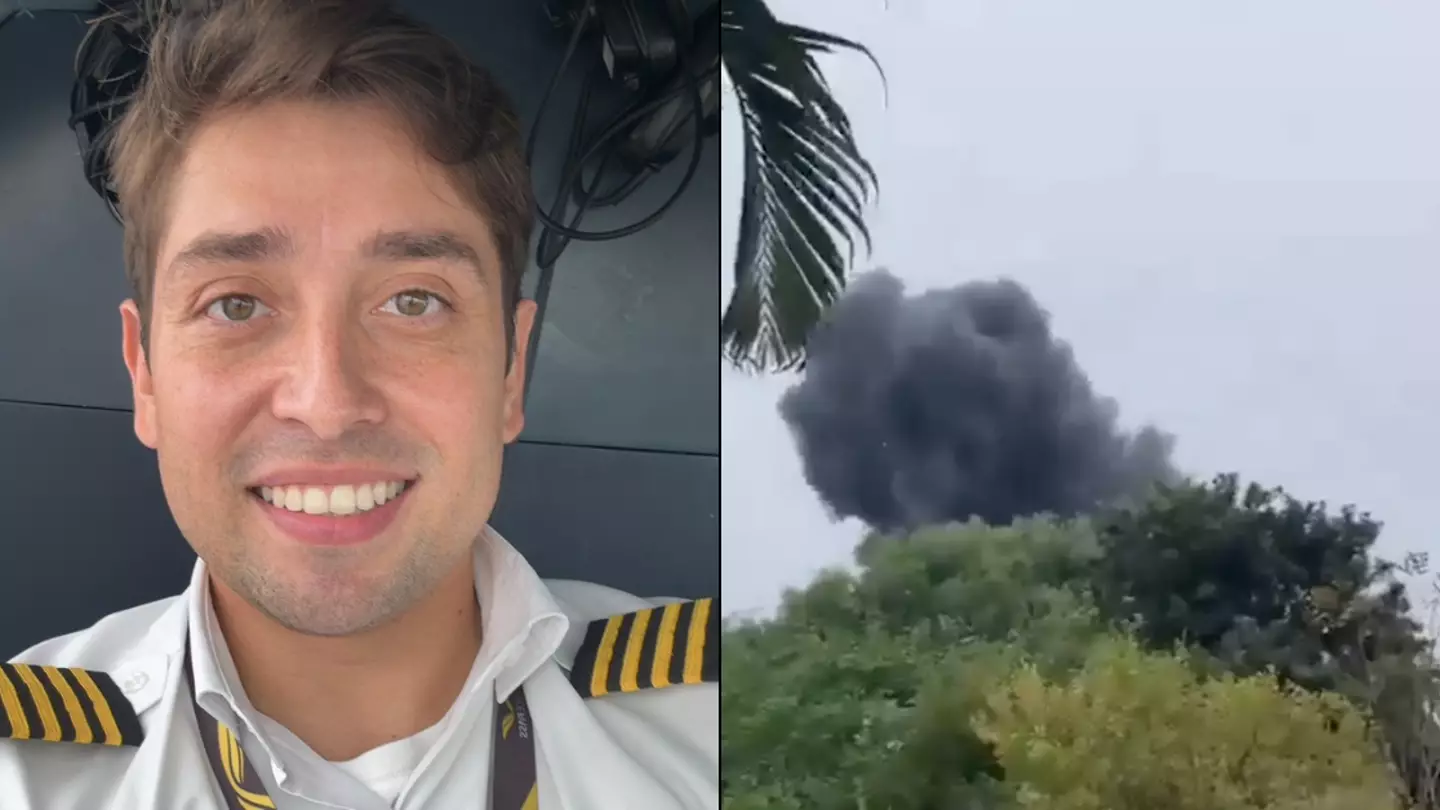
The transcript revealing the last words of the pilots of the passenger jet that tragically crashed and killed everyone on board has been revealed.
Investigators have discovered the plane’s black box, meaning that the ‘full transcript’ from the voice recorder of the VoePass aircraft that crashed on Friday (9 August) is now accessible.
The plane was carrying 62 people, believed to be 58 passengers and four crew members, as it was travelling from Cascavel, in Parana to Guarulhos, in São Paulo.
It was reported that the aircraft crashed in the residential area of Vinhedo, home to over 80,000 people, with São Paulo’s fire brigade rushing to the city shortly after the incident – luckily, nobody on the ground was injured.
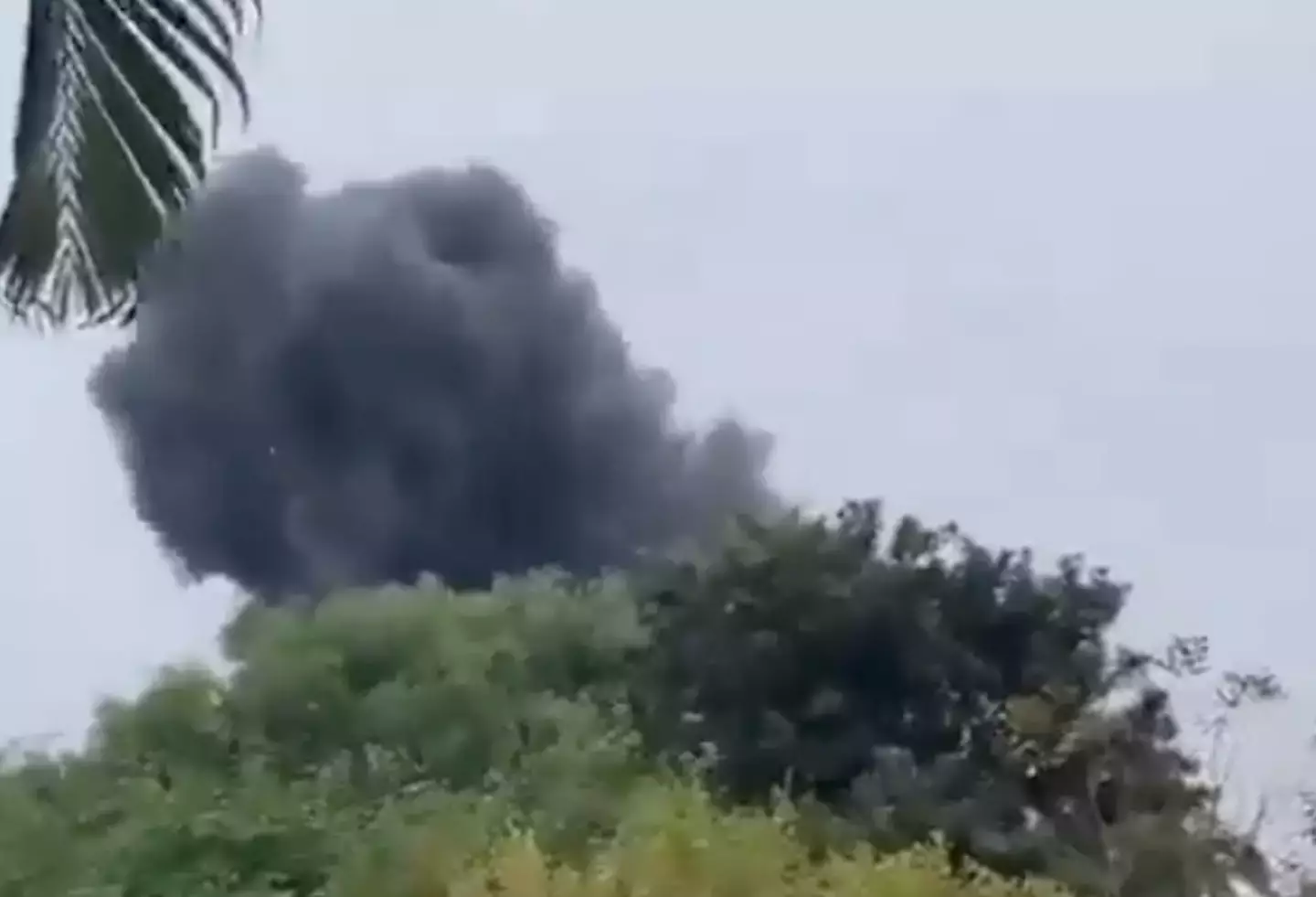
Footage of the crash was uploaded to social media. (X)
It was later revealed that, according to flight tracking site Flightradar24, the ATR-72 turboprop plane left Cascavel at 11:56 local time, giving its last signal approximately an hour and a half later.
The site also found that the flight was flying at 17,000 feet before it crashed, and a ‘severe icing’ warning had been sent out at an altitude between 12,000 feet and 21,000 feet.
According to Sky News, icing issues can reduce an aircraft’s thrust, therefore decreasing its lift and increasing its drag – two things you don’t want happening in mid-air.
One passenger on board sent a selfie to her parents before take-off, sharing her concern at the ‘old plane’ that had her feeling ‘afraid of this flight’, before the aircraft’s fatal crash.
Footage shared online shows the plane descending at speed, not in an expected nosedive, but rather spinning completely out of control before crashing.
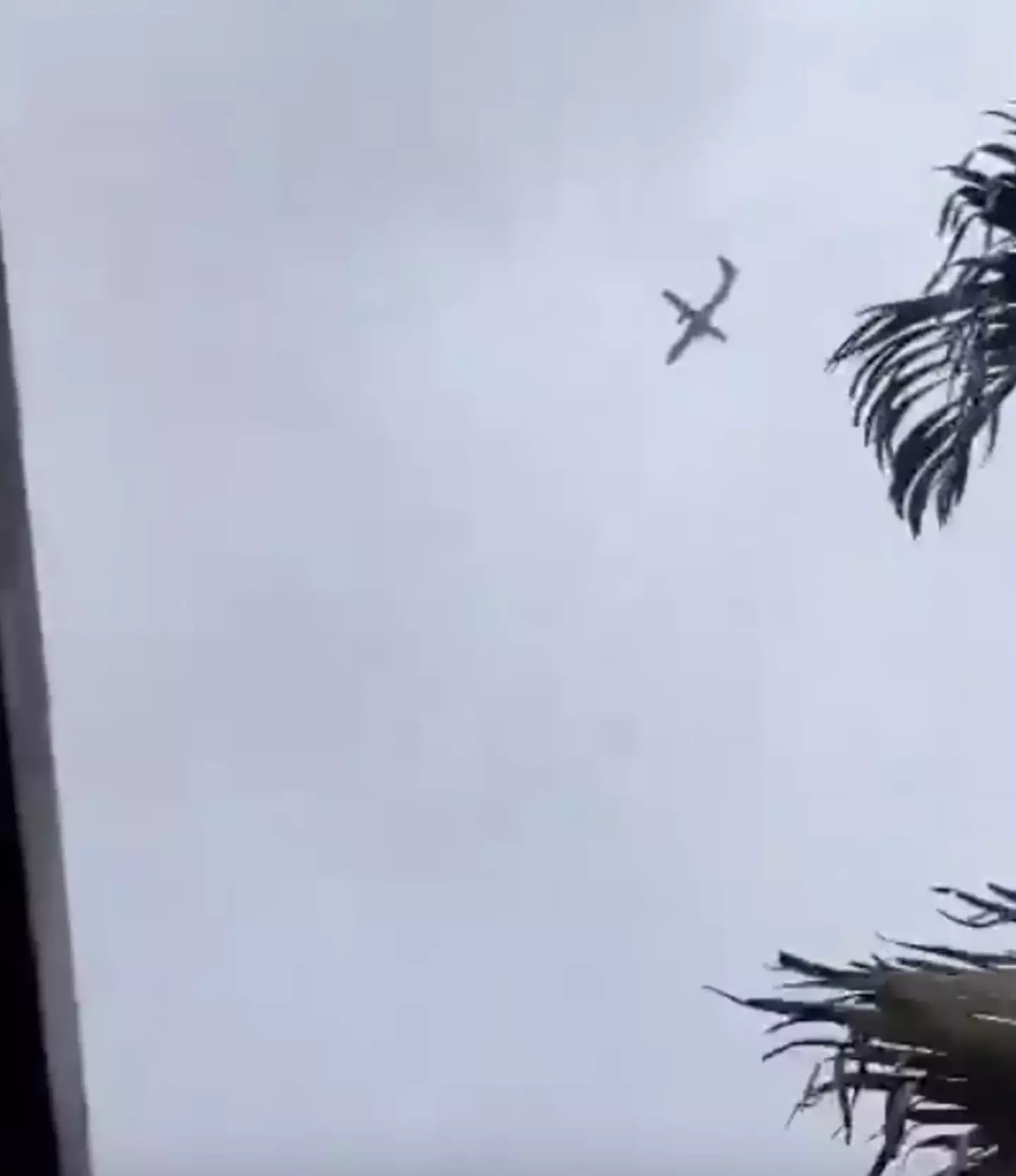
The plane horrifically spun out of control before its tragic end. (X)
The reason behind its crash is still unknown, though uncovering the aircraft’s black box is said to have revealed what the pilots allegedly said before the tragic incident.
According to the transcript, both the pilot and copilot noticed a steep loss in altitude just one minute before the crash, as per local TV station Globo, who cited unnamed people from the investigation on Wednesday (14 August).
The two-hour recording reportedly revealed that copilot Humberto de Campos Alencar e Silva asked pilot Danilo Santos Romano: “What is going on?”
Silva also allegedly said that the plane needed ‘more power’ to stabilise the aircraft.
Following the crash, Brazilian president Luiz Inácio Lula da Silva said in a video via CNN: “I would like everyone to stand up so that we can observe a minute of silence because a plane has just crashed in the city of Vinhedo, in São Paulo, with 58 passengers and four crew members and it appears they all died.”
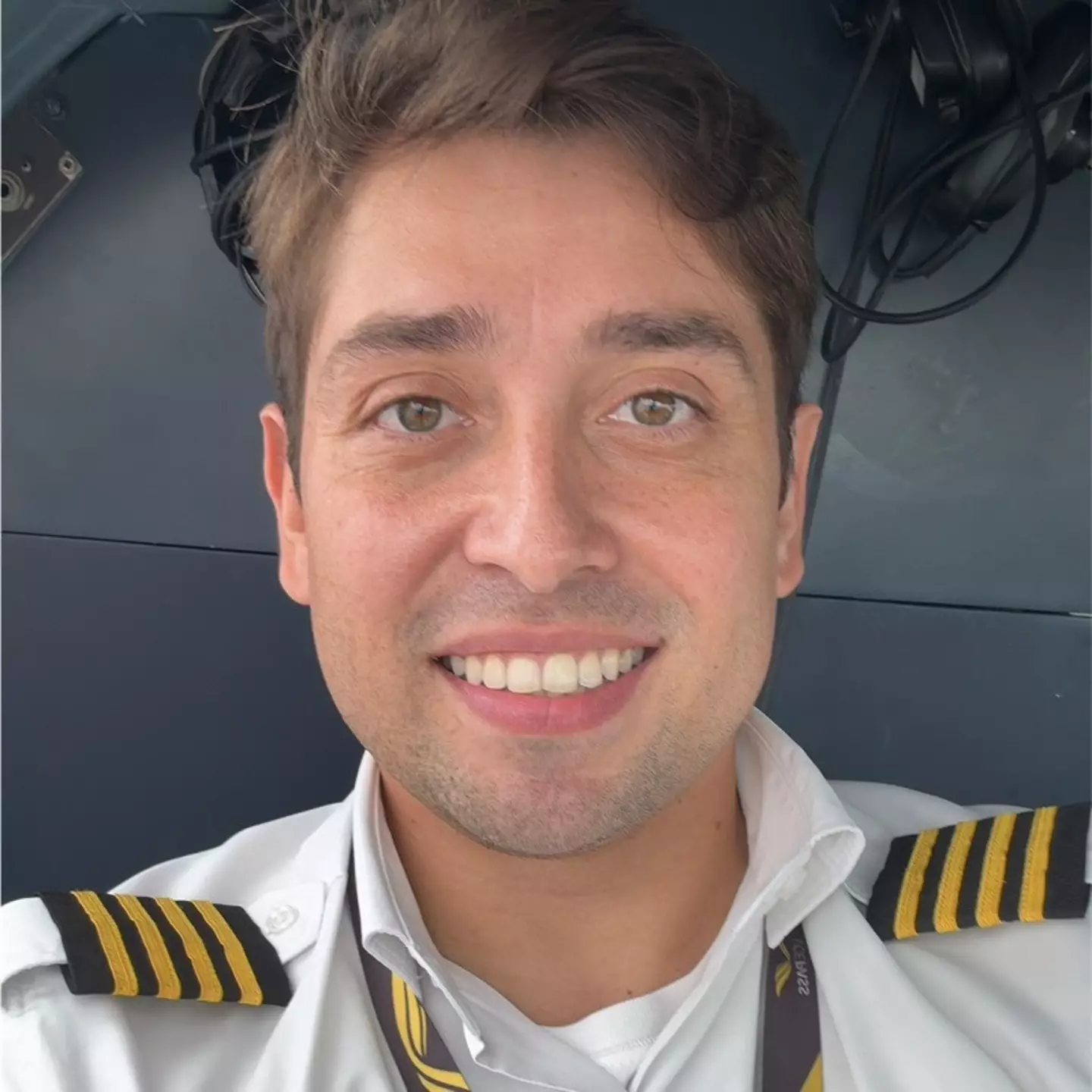
Pilot Danilo Santos Romano. (LinkedIn)
The director of operations for VoePass, Marcelo Moura, shared that even though there was an ice warning in place, the aircraft was in an acceptable window.
A full statement on the matter from VoePass said: “The aircraft took off from Cascavel-PR bound for Guarulhos Airport, with 58 passengers and four crew members on board. VOEPASS has taken all measures to support those involved.
“There is still no confirmation of how the accident occurred or the current situation of the people on board. The Company is providing support via telephone at 0800 9419712, available 24 hours a day, providing information to all its passengers, family members and employees.”
